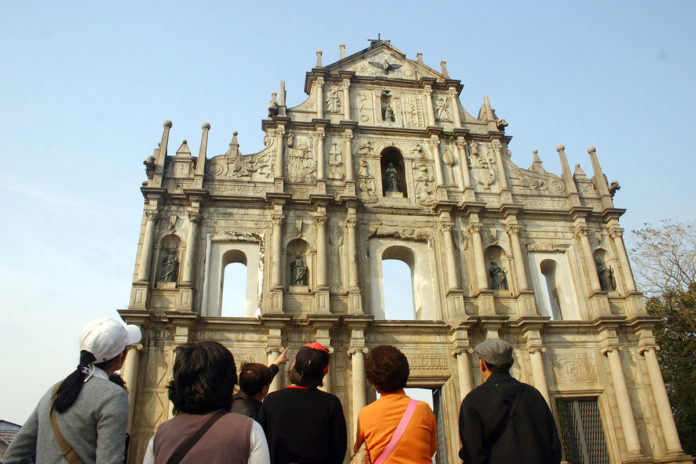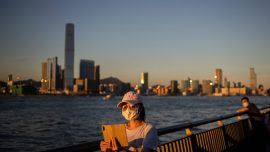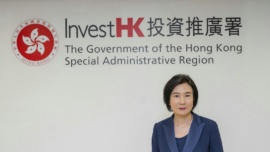As infrastructure projects such as the Hong Kong-Zhuhai-Macau Bridge and further rail and highway links defined in the five-year plans of both the MSAR and the Mainland are on the cards, Macau is well positioned to benefit from the tourism and travel appeal of its closest neighbours.
According to a report by the World Economic Forum (WEF) both Hong Kong and China score within the top 20 on their Travel & Tourism Competitiveness Index for 2017, with Hong Kong placing 11th on the list and China placing 15th overall.
The index is led by three European countries – Spain, France and Germany – followed by nearby Japan, with the United Kingdom taking fifth spot in this year’s ranking.
Closely following are the United States, Australia, Italy, Canada and Switzerland, filling out the top ten spots on the list. The highest overall ranking, achieved by Spain, is a score of 5.43, with Hong Kong ranking 4.86 and China ranking 4.72. The last place on the list, at number 136, is Yemen with a score of 2.44 out of a total of 7.
Learn from a neighbour
The MSAR welcomed more incoming tourists than Hong Kong last year although it was not included in the ranking despite the 30.95 million tourists to its shores in 2016 – according to data from the Statistics and Census Service (DSEC), as opposed to the 26.68 million visiting Hong Kong, according to the WEF report. However, the total international tourism inbound receipts in the HKSAR overshadowed those of Macau – at US$36.15 billion (MOP289.4 billion) – according to WEF data, as compared to the US$6.58 billion received in Macau, per DSEC data.
The neighbouring SAR champions this figure, not only through superior land mass and population, but by leading the index in three of the 14 categories it evaluates: ground and port infrastructure, business environment, and information and communication technology (ICT) readiness. In addition, it is 5th on the index in terms of safety and security as well as in air transport infrastructure and comes 9th in prioritisation of travel and tourism.
Meanwhile, neighbouring China shows its strongest rankings in cultural resources and business travel, where it’s ranked 1st, and in natural resources – in which it ranks 5th. However, both transportation (air transport infrastructure at 24th and ground and port infrastructure at 44th) is lacking, while its tourist service infrastructure is ranked 92nd, sandwiched between El Salvador and Egypt.
Interestingly, the country makes more per arrival than either Macau or Hong Kong, at US$2,005.9 as compared to Hong Kong’s US$1,354.6. Macau’s per capita visitor spending last year was just US$212.50, according to DSEC data.
Looking around
Given that Southeast Asia on average is not as developed as the neighbouring SAR, in particular in terms of infrastructure, the MSAR’s strategic placement between the economic powerhouse and its efficient, travel-friendly hub counteracts its relative expense.
‘East Asia, the most developed part of Asia, and Australia, share several strengths and have historically been the best performers in the region. The nations in this sub-region boast strong safety and health conditions, have world-class infrastructure and are among the most ICT-ready globally, especially Hong Kong and South Korea,’ notes the report.
‘They are able to attract tourists by balancing offers on the basis of their natural and cultural resources. Yet, these nations are some of the most expensive destinations in the region,’ points out the index.
However, competition with neighbouring countries is not out of the question, given their own priorities and desires to develop.
‘Conversely, countries in South-East Asia (ASEAN) offer competitive prices and take advantage of their natural resources to attract tourists. While cultural resources are available, to date they have been less valued than natural assets. ASEAN nations are also particularly inclined to prioritise tourism in their development agenda,’ notes the report.
As integrated resort offerings spring up around the region, and already developed offerings compete with the MSAR in the Philippines and Australia, the MSAR’s push for a diversified economy, and following through on its infrastructure and ‘smart city’ promises will be key to capitalising on its neighbours’ strengths.
























